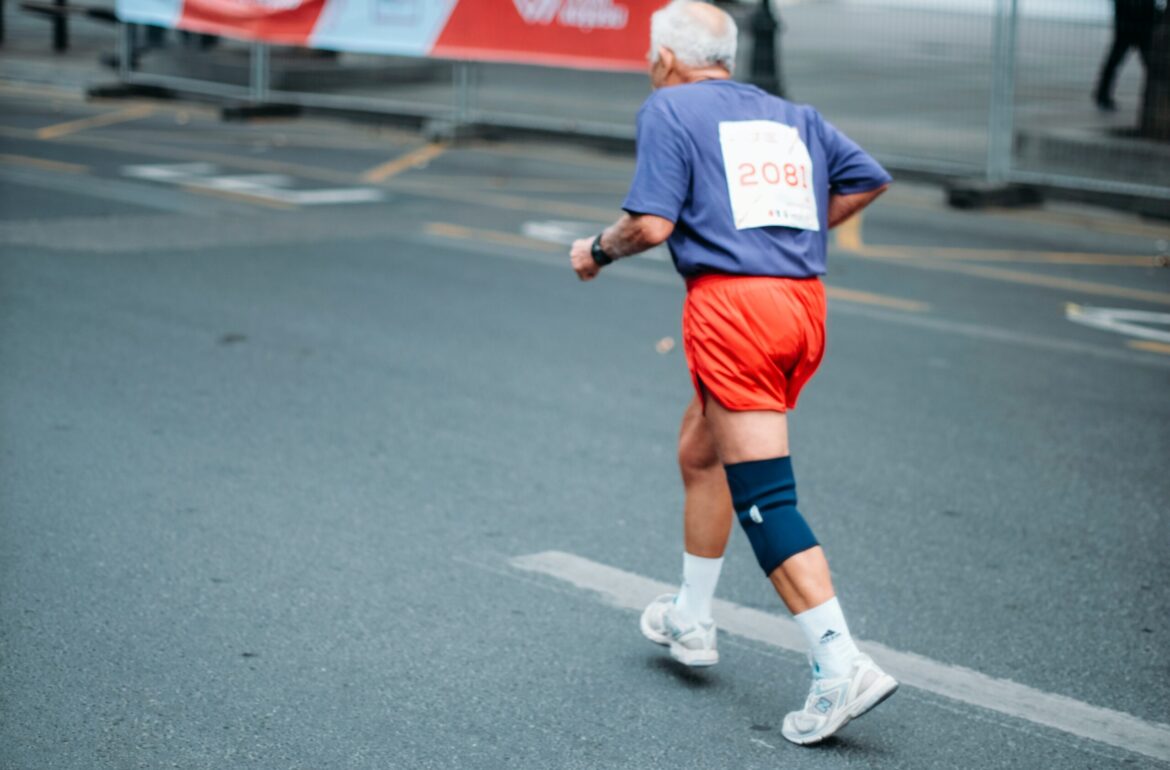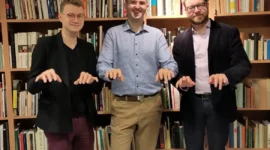The results of the study carried out as part of the doctoral thesis revealed that those in the 50+ age group had more than four times the likelihood of being physically inactive compared to the youngest age group (15-24 years).
The aim of the doctoral thesis was to identify the levels of physical activity among adult Estonians in different socio-demographic groups, determine the influencing factors and gather suggestions from seniors for possible measures that would help increase physical activity among Estonians aged 50 and older.
Over a period of fifteen years, i.e. between 2003 and 2018, the number of adults in Estonia who regularly took part in physical activity increased by 18%, amounting to 46% in 2018. However, 39% of Estonians are not involved in any physical activity according to the most recent surveys.
People who expressed dissatisfaction with their health were 2.5 times more likely not to engage in physical activity. “Among the notable concerns were the high cost of doing sports as well as the lack of a suitable sporting venue and difficulty getting to the site,” said Peeter Lusmägi a PhD at the School of Governance, Law and Society of Tallinn University.
“Similarly, poor health and insufficient exercise skills were also on a downward trend. In younger age groups that work full-time, lack of time is generally cited as an excuse. With age, health becomes the foremost factor cited as lack of time becomes less of an issue,” explained Lusmägi. Overall, the three main reasons cited for avoiding physical activity are lack of time, not being in good health and lack of motivation.
The theoretical framework of the study was a socio-ecological model, based on which it became clear that the influencing factors at the individual level are the awareness of the importance of physical activity and proper nutrition, the feeling of pleasure and enjoyment from physical activity, and finding a form of physical activity suitable for one’s age and health.
At the interpersonal level, it was suggested that the elderly should be involved in collective activities, that the risk of loneliness should be reduced by various means (education, family sports, pets), and that peer leaders should be available, as well as mentors.
At the institutional level, training and motivating employers (family sports, flexible working hours, creating opportunities, providing role models, etc.), broadening the service models of sports clubs and introducing the opportunities they provide, motivating sports associations (funding senior programmes and introducing good practices) and also training family doctors were considered important.
The study found specific solutions for the elderly provided by the local authorities at the community level (for example sports services, instructors on trails and in sporting venues, construction and year-round maintenance of outdoor facilities, dissemination of information through community events). At the political level, state funding for senior sports, clarification of priorities and key approaches through campaigns and the media, raising the visibility of health-related initiatives for older people through role models and free compulsory annual health examinations for people aged 50+ were identified as important.
Further information:
Merli Vajakas
Research Communication Senior Specialist
Tallinn University
merli.vajakas@tlu.ee
 Back
Back



